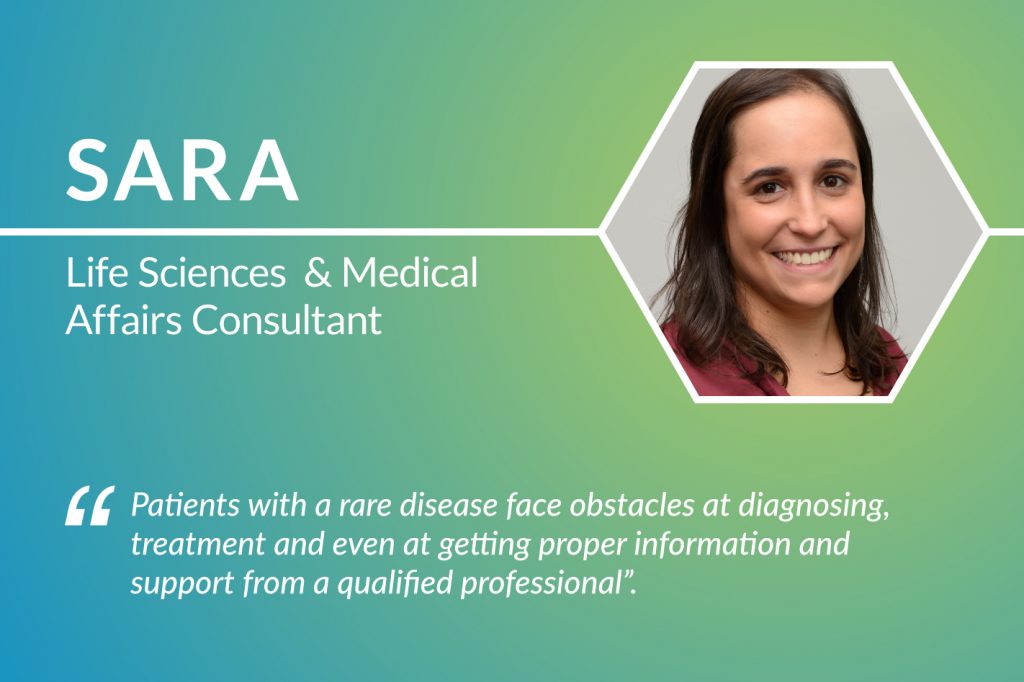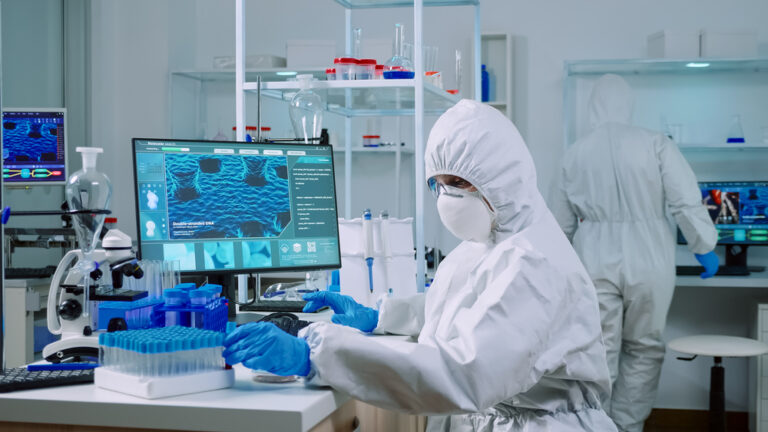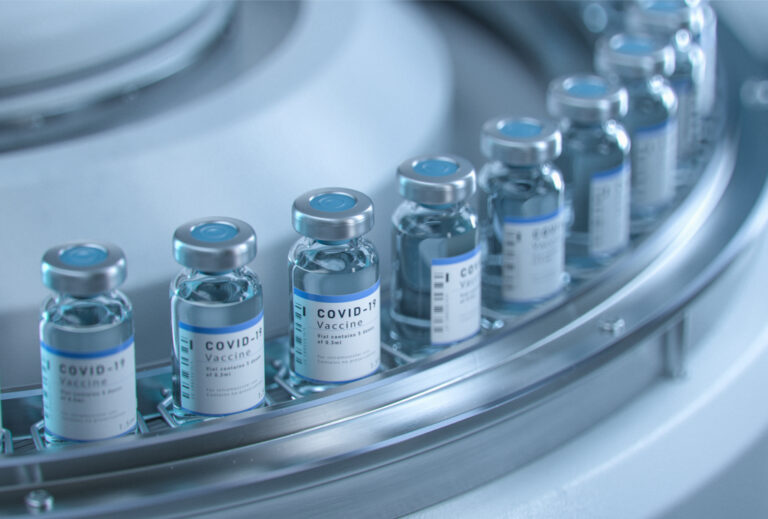Sara, ALTEN’s Life Sciences and Medical Affairs Consultant, tells us about the differences that exist between rare and common diseases.
Rare diseases are often genetic, chronic and progressive.
These diseases may appear early in life or in adulthood. Some of these medical conditions tend to be very incapacitating and let psychological damage. Which is not only for patients but also for their relatives, caregivers and loved ones.
According to EURORDIS-Rare Diseases Europe, in this continent, a rare disease is characterised by affecting less than 1 in 2000. Until today, there are over 6000 of these diseases identified and over 30 million people affected by them. This statistic represents approximately 6-8% of the population.
Even though some of these diseases don’t have a cure, some treatments allow patients to extend their quality and life expectancy.
In the last few years, incentive programs have been defined to make possible the investigation and development of the Pharmaceutical Industry. The focus was on specific medicines for rare diseases, also called orphan drugs.
Not only patients suffer the lack of information
Contrary to common diseases like cardiovascular and some types of cancer, patients face obstacles at diagnosing, treatment and even at getting proper information and support from a qualified professional.
The lack of medical and scientific information allied with the little research in the public health policy of these diseases make the life of the patients harder. But not only patients suffer these few or even non-existent information and policies. The pharmaceutical industry, especially Market Access, Marketing, Sales and Medical Affairs professionals from this industry face some obstacles as they try to help these patients.
When trying to introduce one medicine in the market, the Health Authority frequently asks for the data from the study population and control groups or head-to-head studies. The problem is that there are few patients with these diseases. It is difficult to find enough subjects to distribute between groups in order to compare them. Some rare diseases only affect 5 or 6 patients around the world. Even if we find all of them, this number of patients will not be enough to develop a proper statistical analysis.
There must be more studies regarding these diseases and more patients should be found. It is also necessary to have adjusted criteria from the Health Authority. Different standards should be applied when discussing rare diseases vs common diseases, in order to make these medicines accessible to a larger number of patients around the world.
Surpassing the barrier of obtaining the marketing authorization in the European Union, there is the barrier of obtaining the reimbursement in each country. This process requires some negotiation between the Health Authority and the pharmaceutical companies since the medicines for rare diseases tend to be quite expensive. Besides, in some cases, the parts agreed to have a shared risk plan, where they both are responsible for paying the treatment for the patients.
Aside from the health authorities, there are some difficulties when trying to explain the importance of the early diagnose and treatment of these patients. Most physicians don’t have, never had and may never have someone with these diseases, so they tend to undervalue these treatments. This is a particularly hard issue for the pharmaceutical industry professionals.
We must strive to continue medical education meetings, congresses and short practical courses to create awareness of these diseases and patients. We must fight for the minorities!












